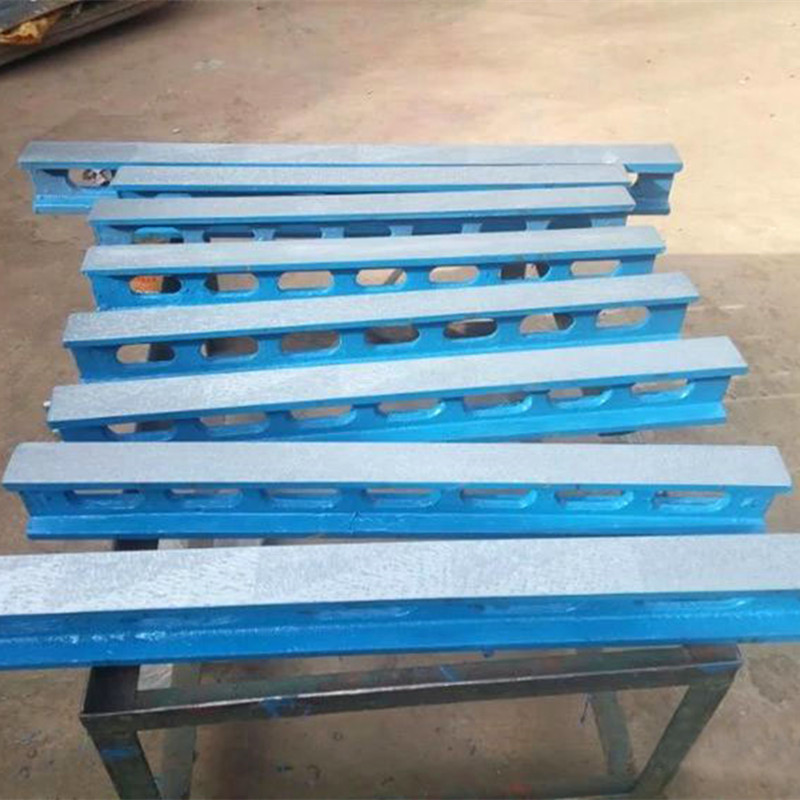Nov . 17, 2024 22:13 Back to list
ball valve body types
Understanding Ball Valve Body Types
Ball valves are widely recognized for their robustness and versatility in various applications, particularly in the fields of industrial, commercial, and residential plumbing. They are designed to control the flow of liquids and gases, providing tight sealing and quick shut-off capabilities. One of the critical elements in the functioning of a ball valve is its body design, which can significantly influence its performance, durability, and suitability for different environments. Below, we delve into the various types of ball valve bodies and their applications.
1. Full-Bore Ball Valve
Full-bore ball valves, often referred to as full-port valves, feature a ball with a hole that matches the pipe diameter. This design allows for minimal pressure loss, ensuring that the flow rate remains consistent. They are particularly suitable for applications requiring maximum efficiency, such as water supply systems, chemical processing, and gas distribution.
Advantages - Minimal pressure drop - Easy to clean and maintain - Ideal for high-flow applications
2. Reduced-Bore Ball Valve
In contrast to full-bore designs, reduced-bore ball valves have a ball with a smaller opening than the pipe diameter. This design results in a restricted flow path, making them less efficient than full-bore valves. However, they are often lighter and more compact, making them a suitable choice for applications with limited space.
Advantages - More compact design - Lower material costs - Suitable for low-flow applications
V-port ball valves feature a “V” shaped opening in the ball, allowing for precise flow control. This design is particularly beneficial in applications where flow modulation is critical, such as in HVAC systems or slurries. The V-port design enables better throttling capabilities and enhances the control of fluid dynamics.
ball valve body types

Advantages - Excellent flow control - Reduced turbulence - Suitable for throttling and mixing applications
4. Trunnion Mounted Ball Valve
Trunnion mounted ball valves have additional support at the top and bottom of the ball, offering greater stability and reducing wear on seals. This design is particularly advantageous in high-pressure applications and large diameter pipes. Trunnion valves are commonly used in oil and gas facilities, power generation plants, and other heavy-duty environments.
Advantages - Suitable for high-pressure and high-temperature applications - Enhanced durability and longevity - Minimal operational torque
5. Floating Ball Valve
Floating ball valves use the pressure of the fluid to help seal the valve. In this design, the ball is not mechanically locked in place, allowing it to float and create a seal against the downstream seat when pressure is applied. These valves are typically used in lower pressure applications and are popular in the water and wastewater industries.
Advantages - Simple design with fewer parts - Effective sealing in lower pressure applications - Cost-effective
Conclusion
When selecting a ball valve, understanding the different body types is essential to ensure optimal performance for specific applications. Each type of ball valve body comes with its advantages and ideal use cases, from full-bore designs for high-flow applications to trunnion mounted valves for demanding pressure environments. By choosing the appropriate valve body type, engineers and designers can enhance system efficiency, reduce maintenance costs, and improve overall operational safety. As industries evolve, the innovation in ball valve technology continues to grow, promising better solutions for fluid control in various applications.
-
Why Metric Trapezoidal Thread is Ideal for Precision Motion ControlNewsAug.05,2025
-
The Unique Properties of a Block of Granite for Industrial UseNewsAug.05,2025
-
The Role of Flanged Y Strainers in Preventing Pipeline ClogsNewsAug.05,2025
-
The Importance of Regular Calibration for Master Ring GagesNewsAug.05,2025
-
How a Cast Iron Surface Table Enhances Accuracy in ManufacturingNewsAug.05,2025
-
Comparing Different Check Valve Types for Optimal Flow ControlNewsAug.05,2025
Related PRODUCTS









